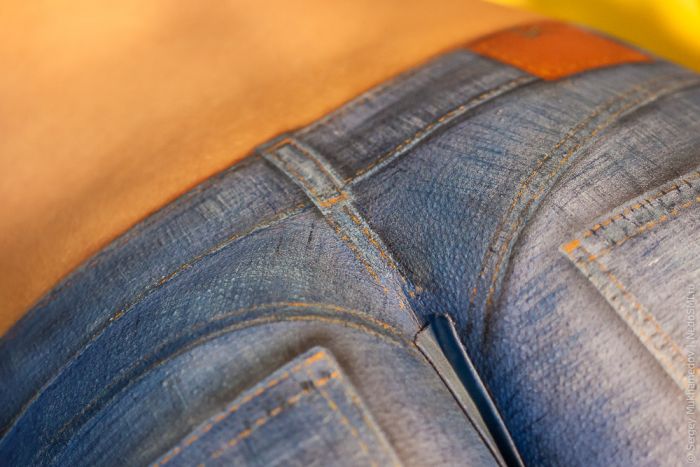
‘Simple substances’ is how Leibniz described the monad in 1714: (i) The Monad…is nothing more but a simple substance that enters into composites-simple, that is, without parts. I start to think of each work as monad-like in its way. And then that eternal struggle, as I try to pull back from its hold (its trance-inducing revelry, its devilry).Įleanor Butt’s painting/drawing/making/moulding…Įach image possesses a catalysing power so that even in the midst of a series/a grouping, the singular painting exists as a singular event concealed within a larger one. Her work has been included in the Thames and Hudson publication 'Australian Abstract' by Amber Creswell Bell (2023) and profiled in Thalia Magazine (US), Art Collector Magazine, Artist Profile, ABC Radio National, Reflektor as well as online and print design publications.ĪLL THAT WHICH SINGS 17 SEPTEMBER TO 8 OCTOBER 2022Īs the image pulls me deep inside of it, a special kind of silence descends, trapping me in its dark spaces and channels of light releasing its secrets as it carries me across surfaces and down through layers. In 2021 Eleanor painted a 10 meter commissioned work for Her Bar, Melbourne. She was a member of the c3 Contemporary Art Space Curatorial Committee. Eleanor has been a finalist in the Waverley Art Prize (2023), the Bayside Acquisitive Art Prize (2023), the Omnia Art Prize (2023), the Muswellbrook Art Prize (2023), Art Macquarie Group Emerging Artist Prize (2016) and the M Collection Art Award (2016). She was awarded the George Hicks Award (2012). She has an Honours degree from the Victorian College of the Arts (2013).Įleanor was the 2019 recipient of a tenancy at Porthmeor Studios, St Ives, Cornwall, UK - the first female Australian artist in the studios’ 140 year history. Just like the landscape itself.Eleanor Louise Butt has held solo exhibitions in Melbourne, Sydney and the UK since 2014 and has been included in group exhibitions in Melbourne, Geelong, Sydney and Denmark since 2009. “It should always draw you in and reveal something new. “I always think that a good painting should never just be seen once,” she observes. Her paintings reproduce some part of what it means not only to look at a place but become a part of it. Her kinetic brushstrokes are animated by sounds and smells and filled with the unmistakable sense of life in motion. When she talks of her paintings, Perceval evokes a multisensory experience. While most people think of a painting in purely ocular terms-they focus on what they can see-Perceval reaches beyond this. Yet Perceval’s paintings do more than just memorialise a vision of place.

I wish we could just be part of it.” Perceval’s work draws her out of the built up environment of the city and manicured lawns of the suburbs to a wilderness, where the disorder of nature still prevails.

“I feel like I’m painting what’s left of that landscape. “We change the landscape too much,” she says. Her process is less about taking control, and more about relinquishing this very thing. Perceval’s paintings could not be more different. Yet this tradition often tends to be based around acts of artistic control: the attempt to arrest some small part of the natural world-to freeze it-and to transfer this frozen image onto the canvas. There is, of course, an established tradition of landscape painters going out into nature and painting en plein air. I won’t say anything to anyone, but I always know that I’m going to go back there.” “I walk past something that speaks to me.

“There is no other way of finding inspiration, other than being there.” Perceval pauses before going on. “I’m always going off the main thoroughfares into places where it looks like I can’t,’ she says. For decades, Perceval has ventured out into the bush in search of the ineffable-looking for an unnameable something in the wilderness. It is a process that takes her out of the comforts and the confines of an air conditioned artist’s studio, and instead places her in the midst of the Australian landscape. Everything has its place.” Perceval is describing her painting process. “The landscape really does have a meaning, a character. “The longer you sit in one remote spot in the bush, the more you become part of it,” Celia Perceval explains.


 0 kommentar(er)
0 kommentar(er)
